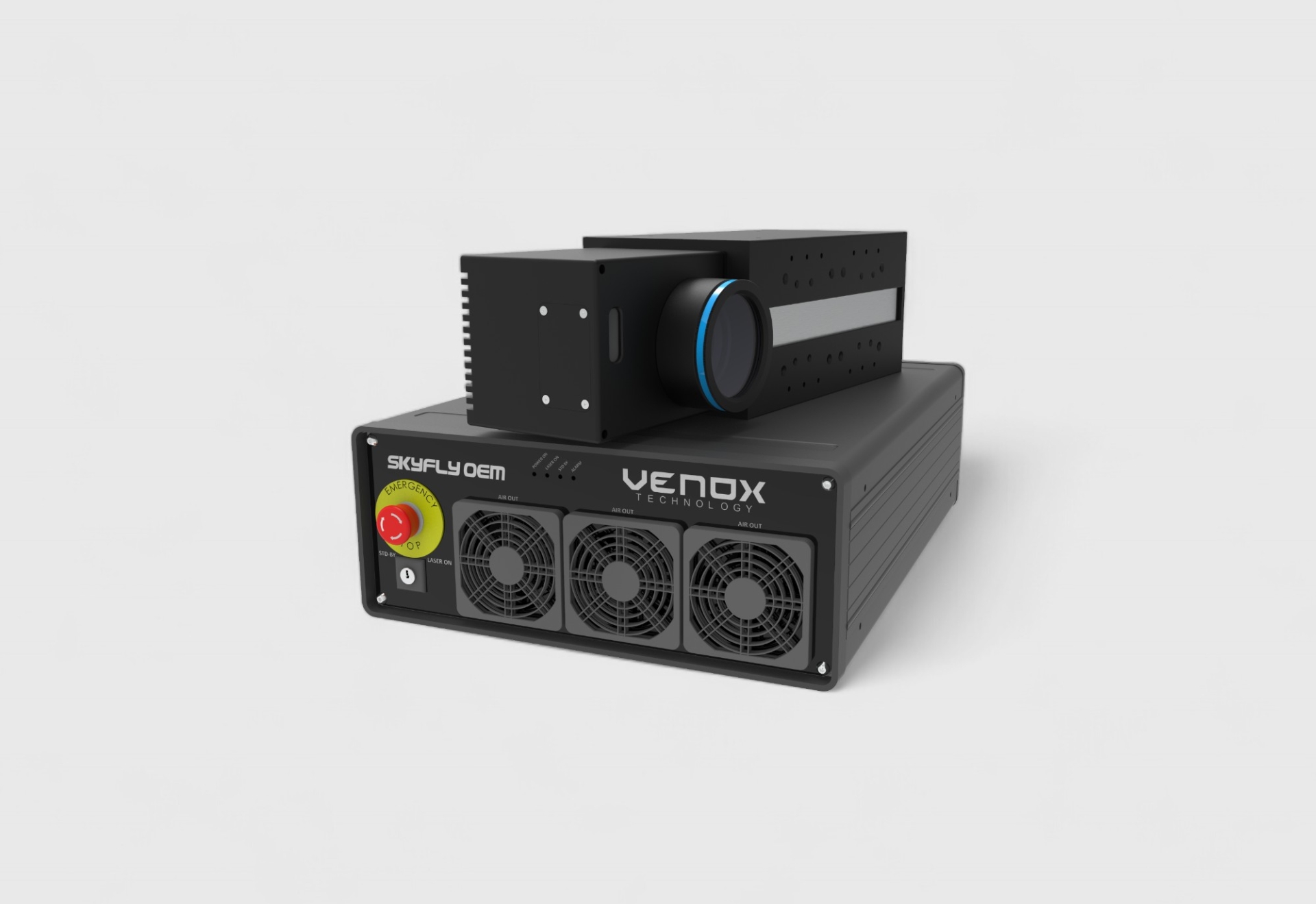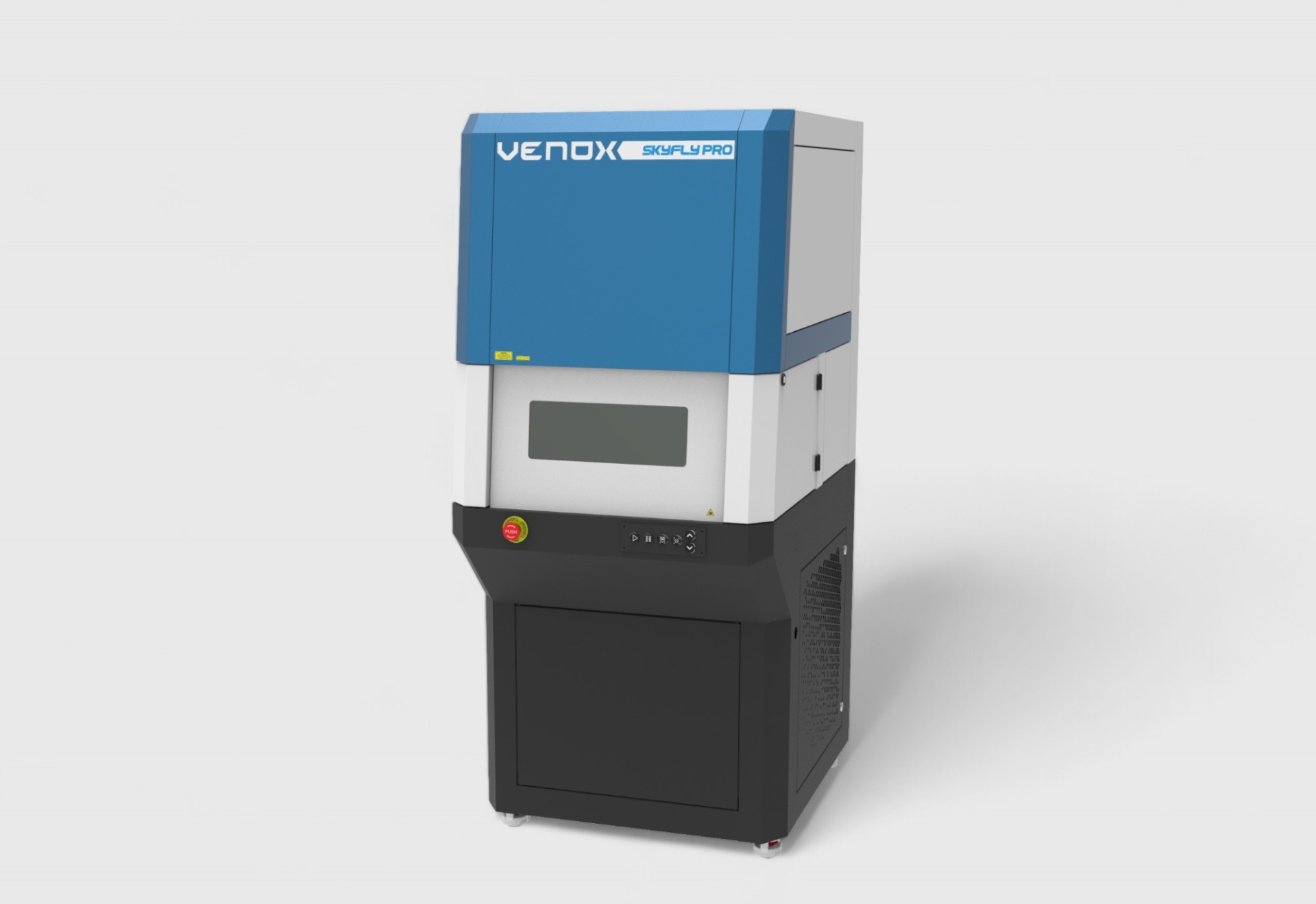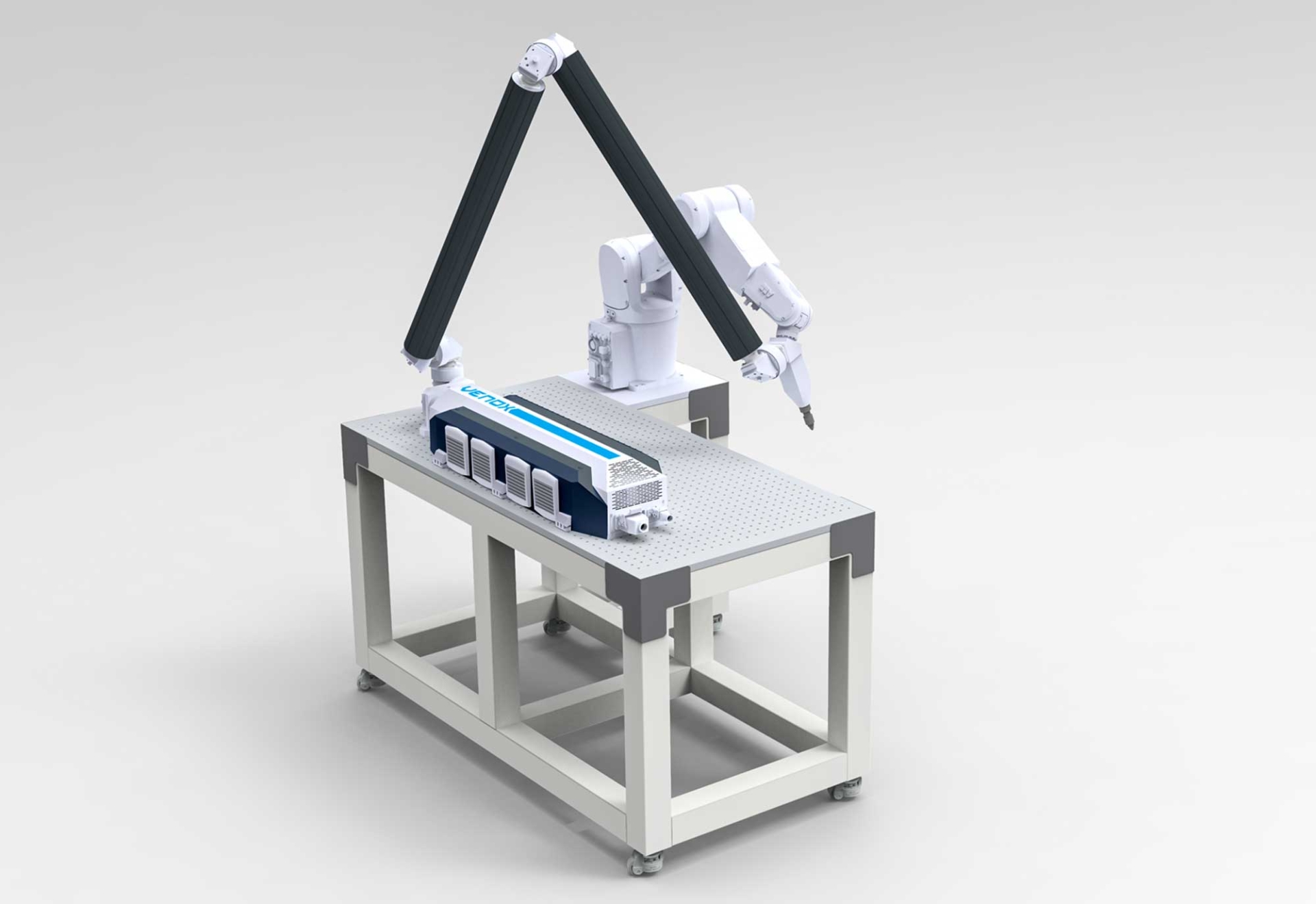Material Guide for Laser Marking: Which Material Delivers the Best Results with Which Laser?
One of the most critical decisions in the laser marking process is to **match the target material with the correct laser technology**. Material type, surface structure, coating condition, and operating environment are key factors in determining the choice of laser type (fiber, CO₂, UV) and parameter settings. This guide examines in detail which laser type is most suitable for different materials, the points to consider, and practical application tips.
Laser Technology Compatibility by Material Type
Below are the most commonly marked material groups, along with recommended laser types and their advantages:
Metals (Stainless Steel, Aluminum, Titanium, etc.)
The need for marking on metals is very high — applications such as traceability, serial numbers, and barcodes are frequently used. For high-contrast and permanent marking on metal materials, **fiber laser** systems are generally recommended. :contentReference[oaicite:0]{index=0} Key advantages include:
- High absorption rate
- Permanent and durable marking
- High performance even on complex surfaces
Plastics and Polymers (ABS, PC, PP, POM, etc.)
Plastic materials require special attention for laser marking due to their sensitivity and diverse surface properties. On plastic surfaces, **UV lasers** or **CO₂ lasers** are most commonly preferred. :contentReference[oaicite:1]{index=1} Application tips:
- For heat-sensitive surfaces, UV lasers are preferred.
- Surface color and coating conditions affect the final marking quality.
Glass, Ceramics and Organic Surfaces
For materials such as glass, ceramics, leather, wood, and paper — which are organic or semi-organic — **CO₂ lasers** or **UV lasers** are typically used. :contentReference[oaicite:2]{index=2} Their advantages include:
- Ability to process with minimal surface damage
- Highly aesthetic results — especially useful for promotional and decorative products
Technical Considerations by Material and Laser Type
Choosing the correct laser type alone is not enough to achieve successful laser marking. Surface preparation, coating condition, laser parameters, and quality control processes also play a major role.
Surface Preparation and Coating Condition
If the material surface contains oxide, oil, dust, or coating residue, laser marking may not be permanent or sharp. Especially on metals, coatings such as anodizing or paint can influence beam absorption. :contentReference[oaicite:3]{index=3} Recommendations:
- Clean the part with suitable cleaning agents.
- Check for coating or storage marks on the surface.
Laser Power, Wavelength and Manufacturing Cost
Laser source power, wavelength, and scanning system vary depending on the material. For example, 1064 nm wavelength is commonly used for metals, while UV wavelengths (355 nm) are preferred for plastics. :contentReference[oaicite:4]{index=4} These parameters affect:
- Marking readability
- Production speed
- Processing cost
Quality Control and Readability Tests
Readability of the marking after the laser process plays a critical role, especially in industries requiring traceability and quality standards. In this context:
- DataMatrix/QR code tests should be performed.
- Contrast and resolution tests must be conducted.
- Tolerances tested under real production conditions should be defined.
Durability and Long-Term Performance Factors
A proper laser marking ensures readability throughout the product’s service life. It is important that the marking resists wear, friction, and exposure to chemicals. Therefore, in addition to correct material-laser matching, durability criteria must also be tested after marking. :contentReference[oaicite:5]{index=5}
Investment Decision and Application Guide
In conclusion, when investing in a laser marking system, it is beneficial to follow these steps:
- Identify the materials to be processed in your production line.
- Select the appropriate laser technology (Fiber / CO₂ / UV).
- Optimize laser settings using test samples.
- Define quality control and traceability criteria in advance.







